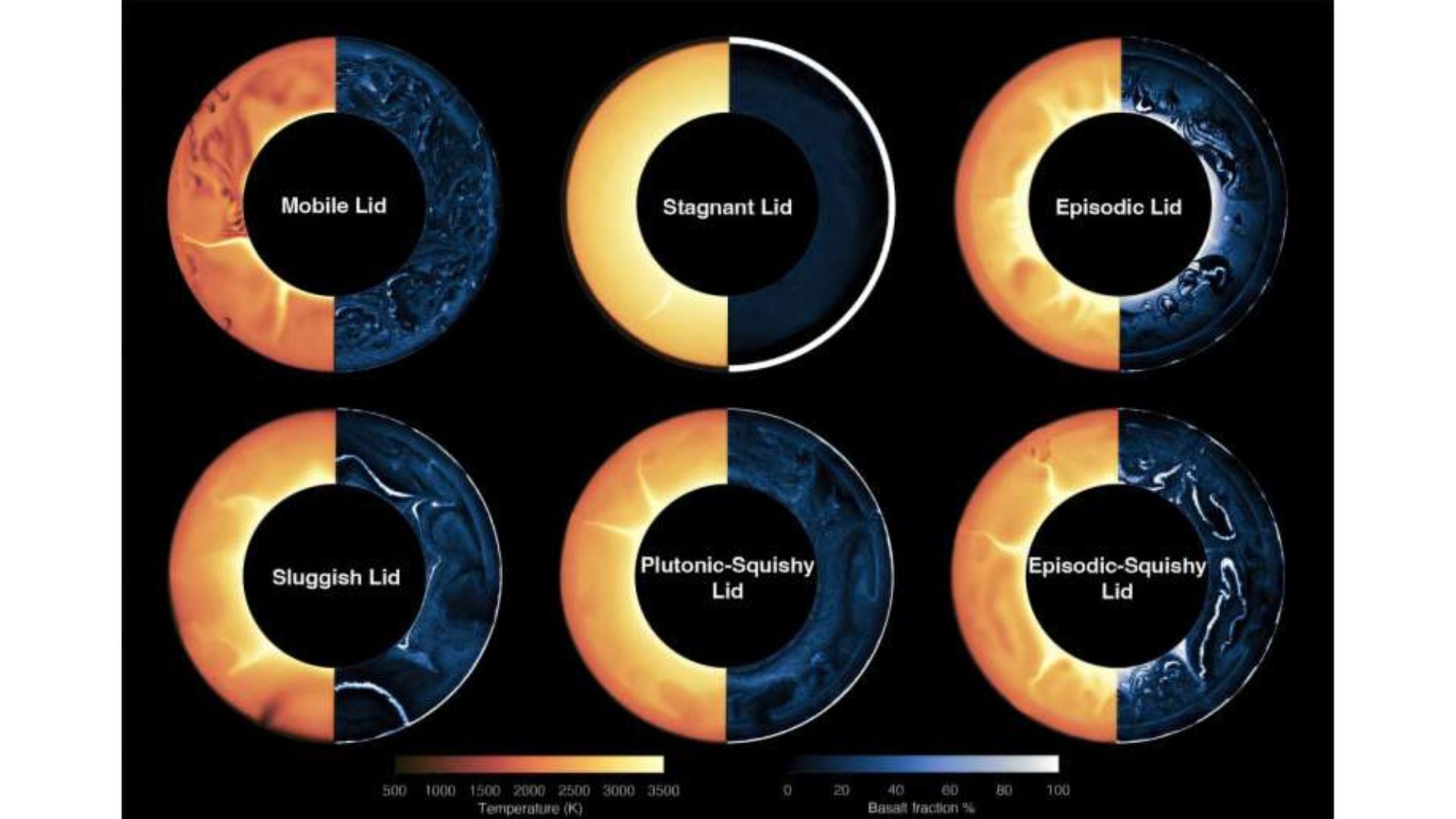LightSail 2 captures stunning photos of Earth from space
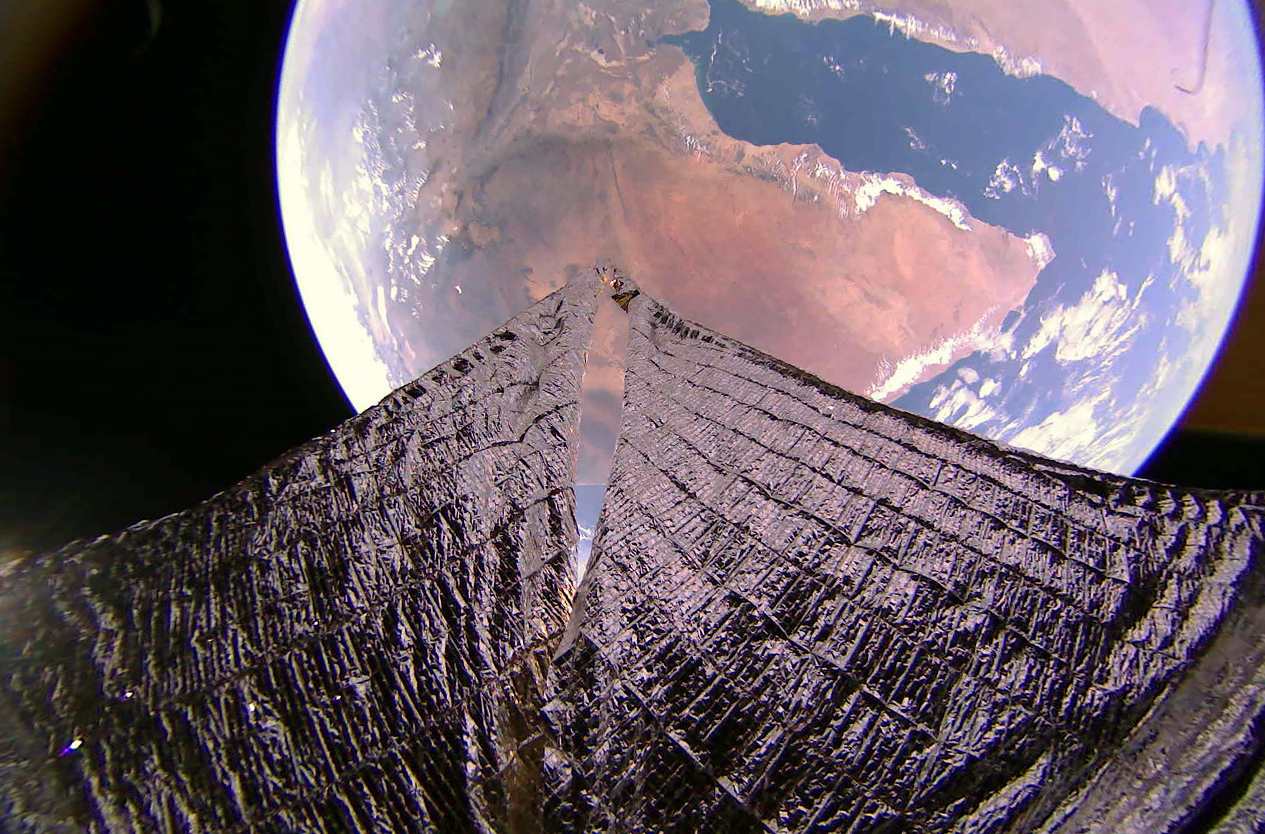
LightSail 2 has been orbiting Earth for eight months now, and it has captured some stunning shots of our home planet during that time.
The Planetary Society built the spacecraft, which launched in June 2019 on a SpaceX Falcon Heavy rocket, to prove the potential of solar sailing. Rather than relying on conventional fuel, LightSail 2 uses a massive sail to catch photons (light particles) from the sun to power the spacecraft's orbit. The goal is for LightSail 2 to remain in orbit for about a year.
Spacecraft personnel have been evaluating LightSail 2's success throughout the mission and recently summarized what they've learned from the flight and how they've handled the anomalies that have occurred.
Related: A solar sail in space: See the awesome views from LightSail 2
Based on the flight to date, those personnel have recommended that future solar sails feature solar panels on both sides of the sail, rather than on only one side. That's becauseLightSail 2 uses the one-sided design, and it's caused a few power-production problems for the spacecraft, according to the new report from the team.
The LightSail 2 mission team also recounted the spacecraft's difficulty in navigating Earth's cushy atmosphere, even at altitudes of 450 miles (720 kilometers). Those struggles suggest that solar sail missions will be most successful when targeting even higher altitudes around Earth or venturing into deep space.
But these missions might not be able to take quite as nice photos of Earth.
Breaking space news, the latest updates on rocket launches, skywatching events and more!
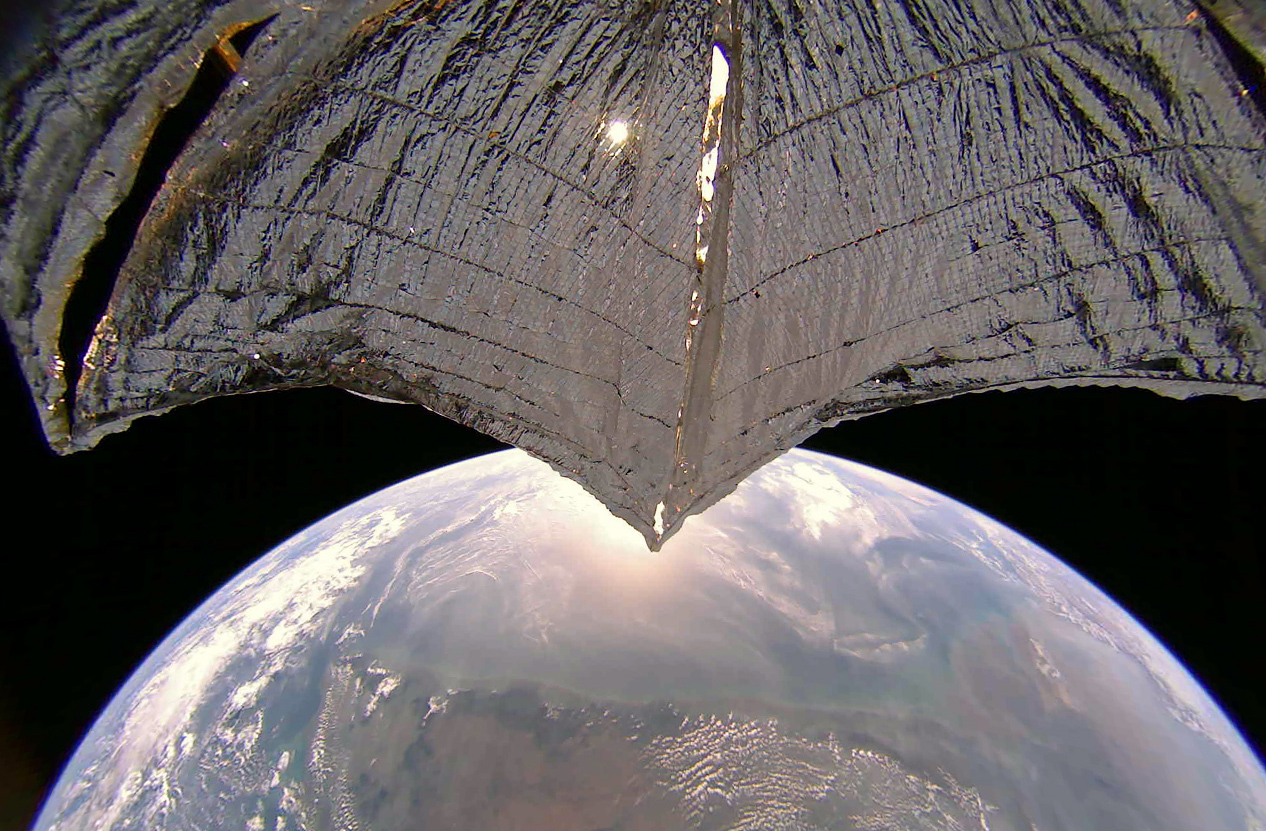
An image from LightSail 2 shows the west coast of India on Jan. 21, 2020.
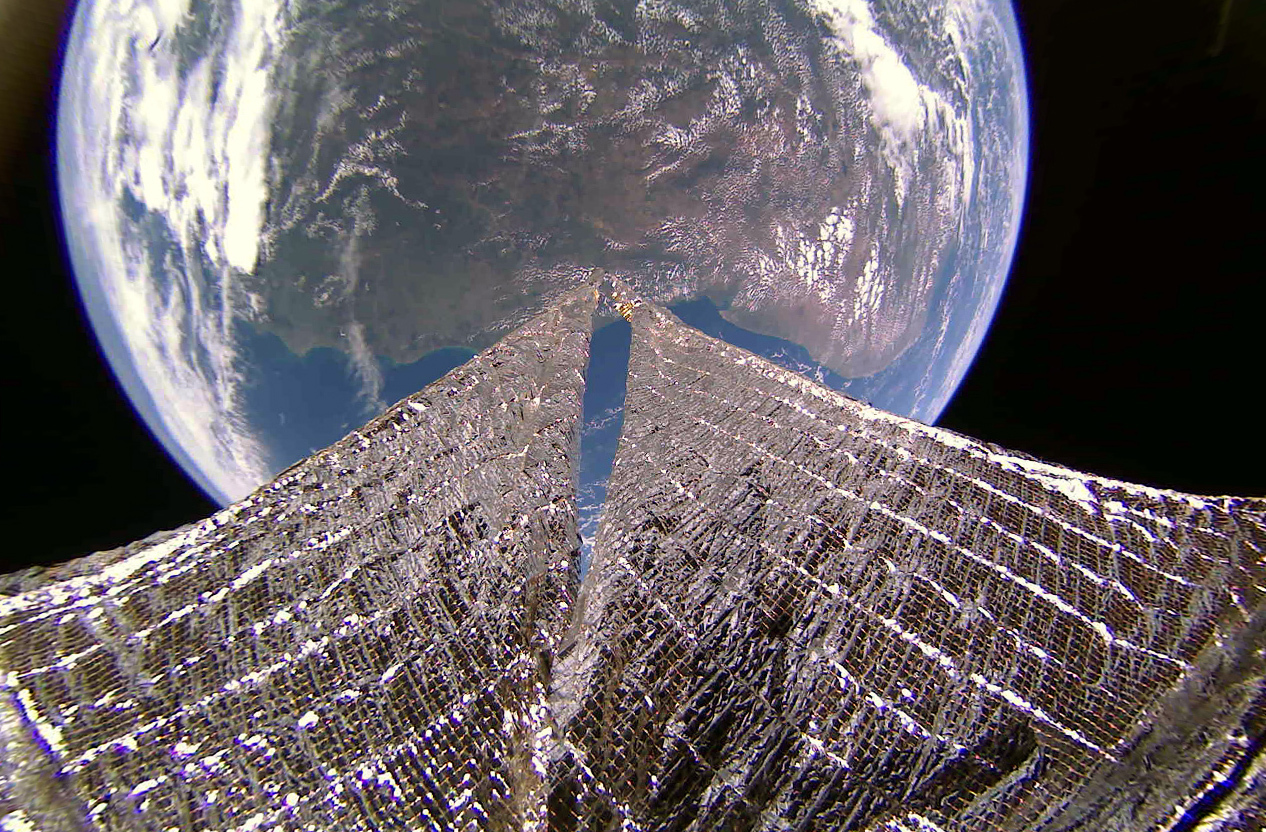
An image of the northeast coast of South America taken by LightSail 2 on Jan. 11, 2020.
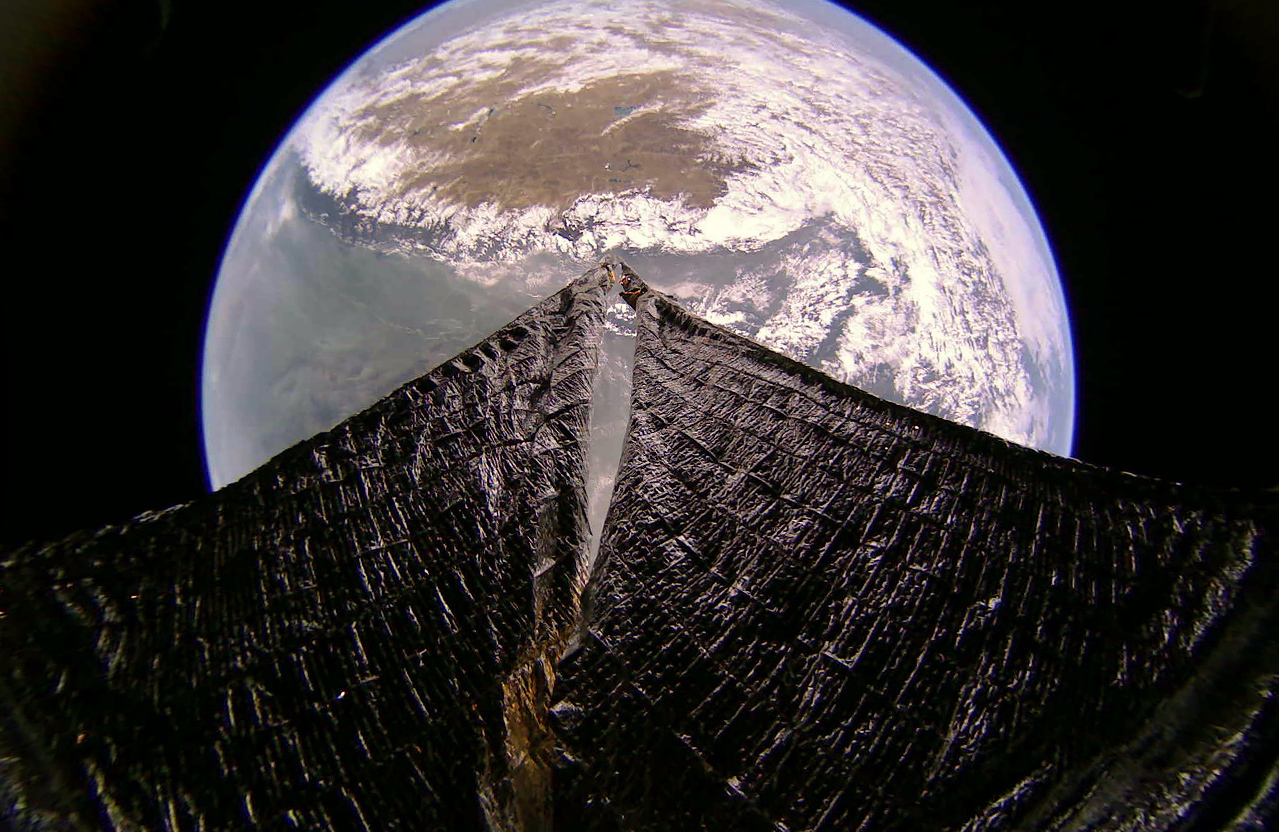
A LightSail 2 image shows the Himalayas, Tibet and India on Jan. 31, 2020.
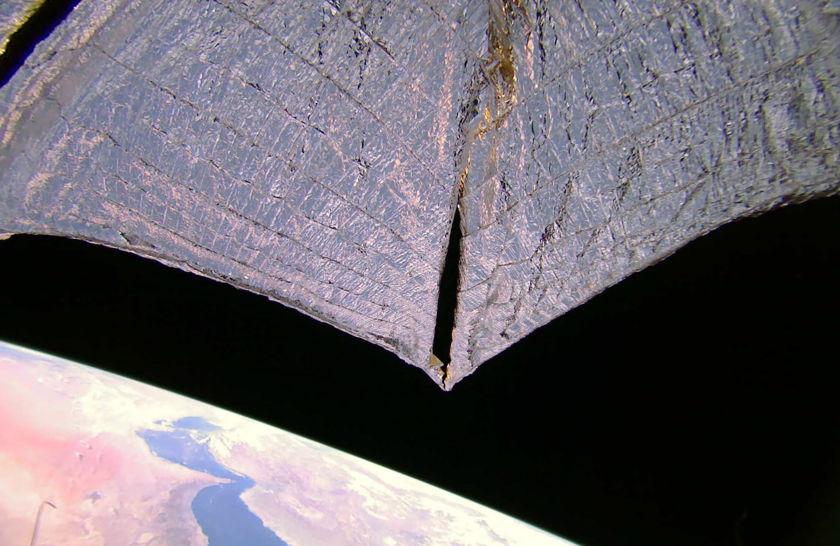
An image of the Gulf of Oman and the Persian Gulf taken by LightSail 2 on Dec. 14, 2019.

An image of the Horn of Africa and the Gulf of Aden taken by a camera on LightSail 2 on Jan. 19, 2020.
- Earth Day 2019: These amazing NASA images show Earth from above
- Space photos: The most amazing images this week!
- Earth pictures: Iconic images of Earth from space
Email Meghan Bartels at mbartels@space.com or follow her @meghanbartels. Follow us on Twitter @Spacedotcom and on Facebook.
OFFER: Save at least 56% with our latest magazine deal!
All About Space magazine takes you on an awe-inspiring journey through our solar system and beyond, from the amazing technology and spacecraft that enables humanity to venture into orbit, to the complexities of space science.

Meghan is a senior writer at Space.com and has more than five years' experience as a science journalist based in New York City. She joined Space.com in July 2018, with previous writing published in outlets including Newsweek and Audubon. Meghan earned an MA in science journalism from New York University and a BA in classics from Georgetown University, and in her free time she enjoys reading and visiting museums. Follow her on Twitter at @meghanbartels.

